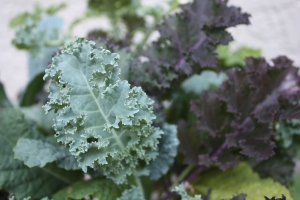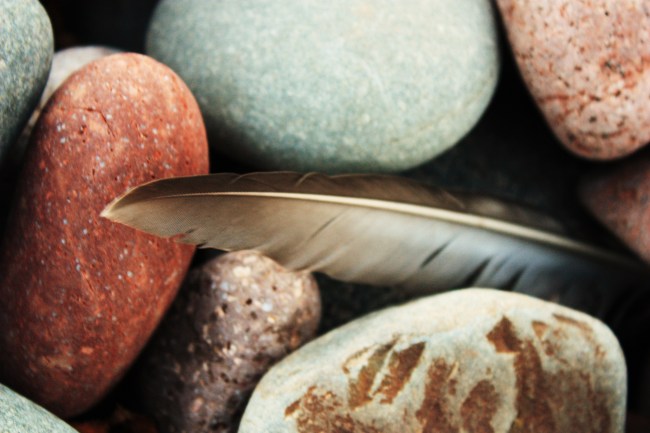The past year was a tough one—winter in particular. I was in a state of suspension, a sort of hibernation. It was a long, cold winter of polar vortexes and piles of snow and swollen lymph nodes and burning shoulders and acne and fatigue. I experienced a lot of physical pain, and a lot of fear because of that pain.
In the spring, I started using functional medicine, which helped many of my symptoms, but not all. Soon after, I added back a mild medication to ease the swelling in my joints. When my doctor told me it was time to do something different to get my inflammation under control, I listened. I had to face the fact that a year using the autoimmune protocol (AIP) diet, lifestyle changes, and functional medicine (along with the medication my doctor had prescribed me) were not enough to fully correct my rheumatoid arthritis symptoms.
Within two weeks of starting the new medication, I felt amazing. The medication took away the persistent inflammation that had been dogging me since February. I could breathe again.
As a result of feeling better, I began to say yes to more social activities because I wanted to be out and about. I tried dating again (just wait for my post on that!). I explored some high intensity interval training because my wrists could bear my weight again and my energy levels were soaring. I even went horseback riding, something I’ve always loved and which in the depths of last winter thought I would possibly never be able to do again. I was finally able to try reintroducing non-AIP foods like nuts, eggs, and spices because my RA symptoms were stable enough that if I flared up after eating them, I could attribute it to the food and not the roller coaster of inflammation I was already riding.
A big part of what drove me (and I assume drives many people) to use alternative therapies to treat disease was the fear of lifelong medicating and the accompanying side effects. The thought of taking something that could give you macular degeneration or lymphoma or kidney failure is, understandably, really scary. And in my experience, doctors kind of brush off side effects and fail to understand or empathize with that fear.
The main thing I remember from my first visit to the rheumatologist after I was diagnosed was that as soon as she came in the room, the first words out of her mouth were the ugly names of medications (Methotrexate? Blech!) followed by their many side effects. Literally, that was all she said. There was no discussion of what the disease was, or what it might look like to live with it every day for the rest of my life.
When I first started AIP, I had glorious visions of managing rheumatoid arthritis with diet alone. While I hoped that the autoimmune protocol would be the whole answer, I’ve learned that my autoimmune disease is tricky and that there is no silver bullet. What works wonders for one person – whether it be a certain diet or certain medication or combination of the two – might not work for another. You really can’t compare yourself and your healing to anyone else’s.
We’ve all read the stories about the people who are med- and symptom-free, lost 20 pounds, published a best-selling novel, and won the lottery all within two weeks of changing their diet (hyperbole, but you know what I mean!). I sometimes wonder, What am I doing wrong? Am I a failure?
The answer is no. Using a combination of therapies isn’t failure: it’s common sense to use all the tools available to feel the very best (see this great post from Slightly Lost Girl about this topic). In order to be healthy, medication is part of the answer for managing my RA. It’s taken me a while to come to terms with that, and it is something I am still working on. My ultimate goal of implementing dietary changes is not to come off all medications, though that would be great. My ultimate goal is to manage my disease so that I can do the things I love.
I continue to be committed to and enthusiastic about using the autoimmune protocol, tweaking my diet, and learning as much as I can about the different factors that contribute to autoimmune disease. I truly believe that using the AIP allows me to manage my RA on the mildest drugs out there, and that eating in a non-inflammatory, immune-boosting way benefits my overall health immensely.
When I was suffering last winter, the first thing I thought about when I woke up was how much my wrists hurt, which led to worrying about the damage happening in my joints, which led to being afraid. Now I wake up in the morning and actually don’t think about my RA until … well, sometimes I don’t think about it at all. And that feels really, really good.




